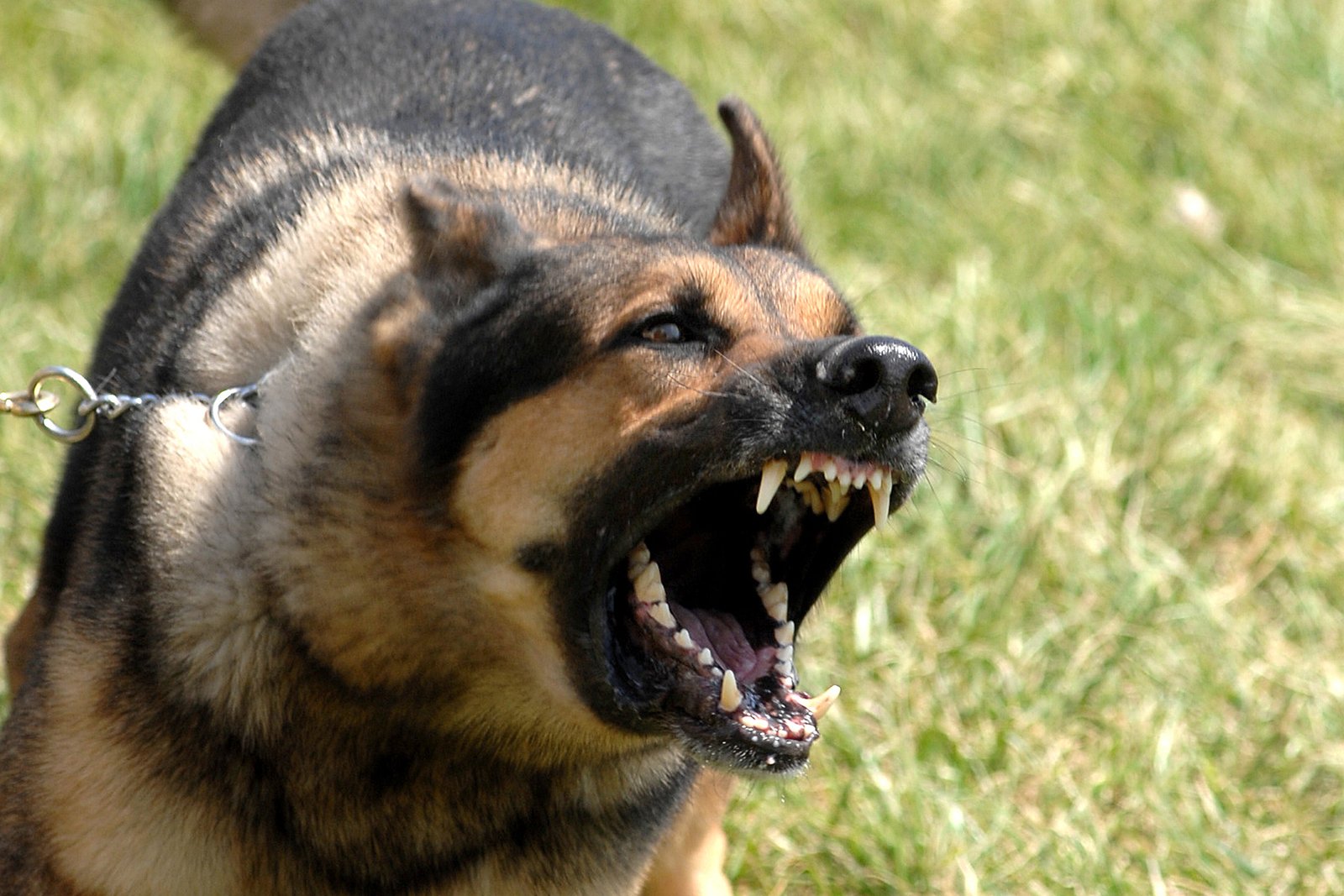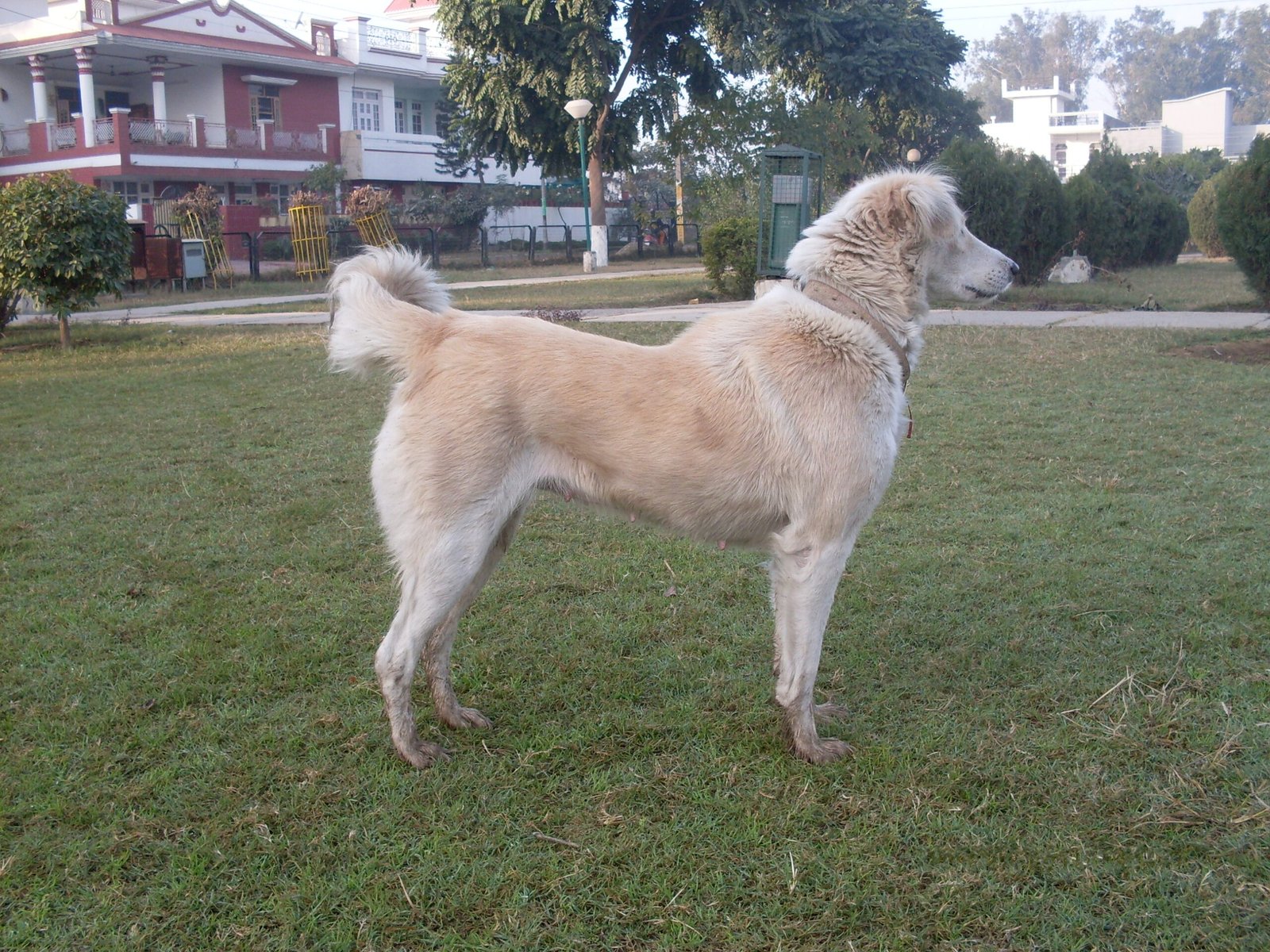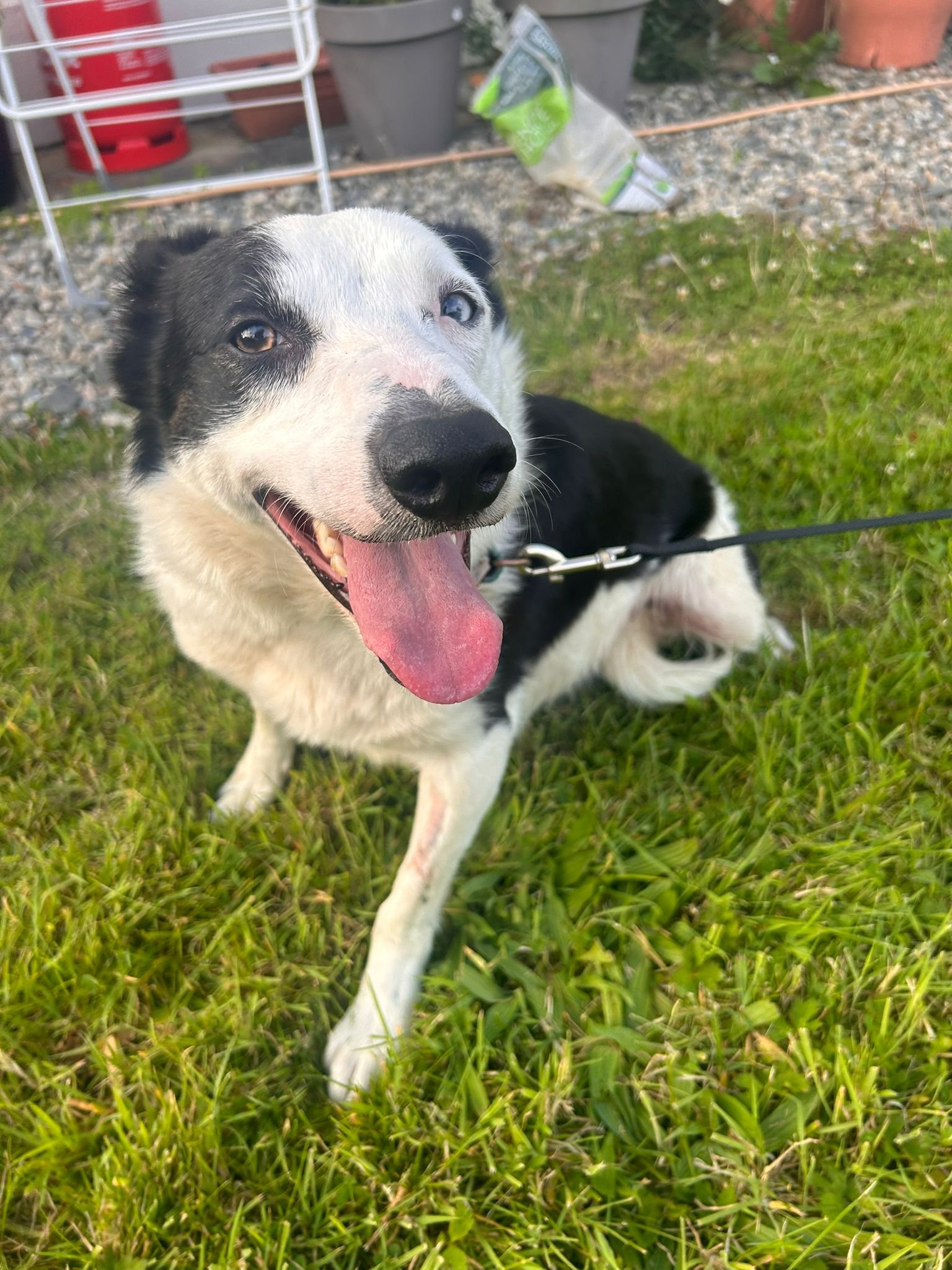Have you ever watched your sweet, fluffy companion suddenly turn into a barking, lunging whirlwind at the sight of another dog? It’s shocking, even heartbreaking. One moment, you’re enjoying a peaceful walk—the next, you’re gripping the leash, your heart pounding, feeling embarrassed, frustrated, and helpless. You’re not alone. Reactive dogs are everywhere, and their owners often feel just as misunderstood as the pups themselves. But what really is “reactivity,” and how can you help your dog feel safe and calm? Let’s dive into the real signs of a reactive dog, and discover practical, heartfelt ways to manage those big feelings—yours and theirs.
Barking and Lunging on Leash

Reactivity in dogs is a common behavioral challenge that can be confusing—and sometimes overwhelming—for pet owners. A reactive dog isn’t necessarily aggressive, but they often respond to certain triggers, such as other dogs, strangers, or loud noises, with intense emotions like fear, frustration, or excitement. These reactions can manifest in barking, lunging, or other heightened behaviors that make everyday situations more difficult to navigate. The good news is that with the right approach, reactivity can be managed effectively.
One of the most obvious signs of a reactive dog is barking and lunging at other dogs, people, or objects while on a leash. This behavior often comes out of nowhere, catching even the most attentive owners off guard. It’s as if your dog transforms into a completely different animal, pulling with all their might and barking loudly. This can make walks stressful for both you and your pup, sometimes even dangerous if you’re not prepared. The leash seems to trigger a sense of frustration or defensiveness, making your dog feel trapped and unable to escape or greet properly. If this happens regularly, it’s a strong indication your dog may be reactive. Remember, they’re not being “bad”—they’re overwhelmed and unsure how to cope with their feelings in that moment.
Stiff Body Language
Dogs speak volumes with their bodies. A reactive dog often shows stiffness throughout their body when they spot a trigger. Their tail might go rigid, their legs lock, and their entire posture screams tension. It’s almost like they’re frozen, ready to spring into action. If you notice your dog’s body going from relaxed to stiff as soon as they see another dog, a skateboarder, or even a plastic bag blowing in the wind, take it seriously. This stiffening is a warning sign, a way for your dog to communicate discomfort before things escalate. Sometimes, just recognizing this early can help prevent a full-blown reaction.
Growling or Snarling
Growling is an unmistakable sign that your dog is feeling threatened or uncomfortable. Many people mistake growling for aggression, but it’s actually a dog’s way of saying, “Back off, I’m not okay with this.” Snarling—showing teeth while growling—often happens when a dog feels especially cornered or scared. If your dog growls or snarls at certain triggers, don’t punish them. Instead, recognize it as valuable communication. They’re telling you they need help to feel safe. Ignoring or correcting a growl can make things worse, as your dog may skip this warning next time and go straight to biting.
Excessive Pulling Towards Triggers

A reactive dog may pull so hard on the leash that you feel like you’re being dragged down the street. This isn’t just excitement—it’s a sign they’re hyper-focused on something that worries or excites them. Their whole attention narrows to the trigger, and nothing else seems to matter. This relentless pulling can make walks exhausting and frustrating. It can even lead to injuries for both you and your dog. If you find your pup consistently pulling towards certain people, dogs, or objects, it’s probably more than just curiosity—it’s a sign of reactivity.
Pacing or Restlessness
Some dogs show their anxiety or reactivity through constant pacing or restlessness. They might circle around you, weave back and forth, or just can’t seem to settle, especially if they sense a trigger nearby. This behavior often goes unnoticed because it seems less dramatic than barking or lunging. But for the dog, this is a huge sign of inner turmoil. Imagine feeling so nervous you can’t sit still—your dog feels the same way. Recognizing this early can help you redirect their attention and offer comfort before things get out of hand.
Whining or Yelping
Vocalizing doesn’t always mean barking. Some reactive dogs express their stress through high-pitched whining or yelping when they see a trigger. This can sound almost pitiable, as if they’re begging for help or release from the situation. The whining might start quietly and build up, or it could burst out suddenly. Paying attention to this vocalization can help you intervene before your dog escalates to more intense reactivity. It’s their way of telling you, “I’m uncomfortable. Please help me.”
Fixating on the Trigger
When a dog becomes reactive, they often fixate on the object of their concern. Their eyes lock onto the trigger, and it’s like nothing else in the world exists. You could wave treats or toys in front of them, and they might not even notice. This kind of tunnel vision is a sure sign your dog’s stress level is skyrocketing. During this time, your dog is unlikely to listen to commands or respond to you at all. Recognizing fixation early can help you redirect and refocus your dog before they lose control.
Raised Hackles (Piloerection)

You might notice the fur along your dog’s back, called hackles, standing up when they’re reactive. This is called piloerection and is similar to when humans get goosebumps. It’s a clear sign of arousal, excitement, or fear. Not all dogs raise their hackles when reactive, but it’s a classic physical cue that shouldn’t be ignored. If you see this along with other signs, it’s time to help your pup calm down and move away from the trigger.
Attempts to Escape or Hide
Not all reactive dogs go on the offensive. Some try to escape or hide when faced with their triggers. They might pull away from you, try to duck behind your legs, or look for the nearest bush or doorway. This avoidance behavior is just as important to recognize as barking or lunging. It means your dog is overwhelmed and desperately wants to feel safe. Respect their need for space and avoid forcing them closer to what scares them.
Inability to Settle After a Trigger

Even after the trigger is gone, a reactive dog might remain agitated for quite some time. They may pant, pace, whine, or continue scanning the environment nervously. It’s as if their body is still on high alert, unable to relax. This lingering tension can last minutes or even hours, depending on how intense the encounter was. If your dog struggles to settle after seeing a trigger, it’s a sign their nervous system is taking a beating—and they could use your support to unwind.
Start with Distance and Space
One of the simplest ways to manage a reactive dog is by giving them more distance from their triggers. Think of it like personal space at a crowded party—too close, and tempers flare. If you see another dog or person approaching, calmly cross the street or turn around. The further away your dog is from what upsets them, the less likely they are to react. Over time, this teaches your dog that they can trust you to keep them safe. It’s not avoidance—it’s smart management.
Learn Your Dog’s Triggers
Every reactive dog has their own set of triggers. For some, it’s other dogs; for others, it might be bicycles, children, or even men in hats. Start paying close attention to what sets your dog off. Keep a journal if you have to. Once you know their triggers, you can plan your walks and training sessions around them, avoiding crowded parks or busy sidewalks until your dog is ready. Knowledge is power—and in this case, it can make your daily life a whole lot easier.
Reward Calm Behavior
Positive reinforcement is your best friend when managing reactivity. Whenever your dog stays calm around a trigger, no matter how small the improvement, reward them generously. Treats, praise, play—whatever your dog loves most. This teaches your dog that good things happen when they stay relaxed, and slowly builds their confidence. It might feel like you’re doling out a lot of treats at first, but over time, you’ll see real progress.
Use High-Value Treats
Not all treats are created equal, especially when it comes to reactivity. For big emotions, you need big rewards. Bring out the “jackpot” treats—cheese, chicken, or liver—something your dog rarely gets. These high-value rewards can capture your dog’s attention even when they’re stressed. Use them to reinforce calm behavior, redirect focus, and build positive associations with their triggers. Sometimes, a little bit of chicken can work magic.
Practice Desensitization and Counter-Conditioning
Desensitization is the process of gradually exposing your dog to their triggers in a controlled, low-stress way. Counter-conditioning means changing your dog’s emotional response to those triggers from negative to positive. Start by exposing your dog to the trigger at a distance where they remain calm, and immediately reward them. Over time, slowly decrease the distance as your dog grows more comfortable. This slow, steady approach can help your dog feel less threatened and more confident.
Use Distraction Techniques
Sometimes, you need to interrupt your dog’s focus on a trigger before things escalate. Carry a favorite toy or treat, and use it to distract your dog when you spot a trigger. Practice “look at me” or “touch” commands so your dog learns to focus on you instead of what’s bothering them. Quick, fun games or simple tricks can also help redirect your dog’s attention and break the cycle of reactivity. Think of it as changing the channel on a TV before things get too intense.
Keep Walks Predictable and Calm
Routine can be a lifesaver for a reactive dog. Try to walk the same routes at quieter times of day, so your dog knows what to expect. Predictability reduces anxiety and helps your dog feel secure. If possible, avoid crowded areas or busy times until your dog is better equipped to handle excitement. Over time, as your dog gains confidence, you can slowly introduce new environments. But remember, slow and steady wins the race.
Consider Professional Help
Sometimes, managing reactivity is more than any loving owner can handle alone. Don’t be afraid to reach out to a certified dog trainer or behaviorist, especially one experienced with reactive dogs. Professional help can make a world of difference, offering personalized advice and hands-on support. They’ll help you understand your dog’s unique needs and guide you through proven training techniques. There’s no shame in asking for help—sometimes, it’s the bravest thing you can do for your dog.
Stay Calm and Patient
Your dog takes cues from you. If you panic or get frustrated, your dog will pick up on it and become even more anxious. Practice deep breaths, use a calm voice, and move slowly. It’s not easy—sometimes, you’ll feel embarrassed or overwhelmed. But remember, your dog isn’t acting out to annoy you—they’re struggling. Patience, compassion, and consistency are your greatest tools. Every small victory counts, and every setback is just another step on the journey.
Prioritize Your Dog’s Emotional Health
At the end of the day, your dog’s emotional well-being is what matters most. Reactivity isn’t a character flaw, and it doesn’t mean you’ve failed as an owner. With understanding, patience, and the right strategies, you can help your dog feel safe, confident, and loved. Celebrate the good days, offer comfort on the tough ones, and remember: you and your dog are in this together.
Living with a reactive dog can be challenging, but it also offers a unique opportunity to build a deeper, more trusting bond. By recognizing the signs of reactivity and understanding what triggers your dog’s responses, you can take proactive steps to help them feel more secure and in control. With consistency, patience, and the right management techniques, many reactive dogs can learn to navigate their world with greater confidence. Remember, progress may be gradual, but every small step forward is a testament to your commitment and your dog’s resilience.

Born and bred in South Africa, a Capetonian at heart. Amy-Leigh’s love for nature and animals was inherited from her Dad. He loves taking the family on road trips to experience nature at its finest; Amy-Leigh’s favourite being whale watching in Hermanus and spotting Kudu along the West Coast. Amy-Leigh holds a BA in English Literature and Communication Studies.





